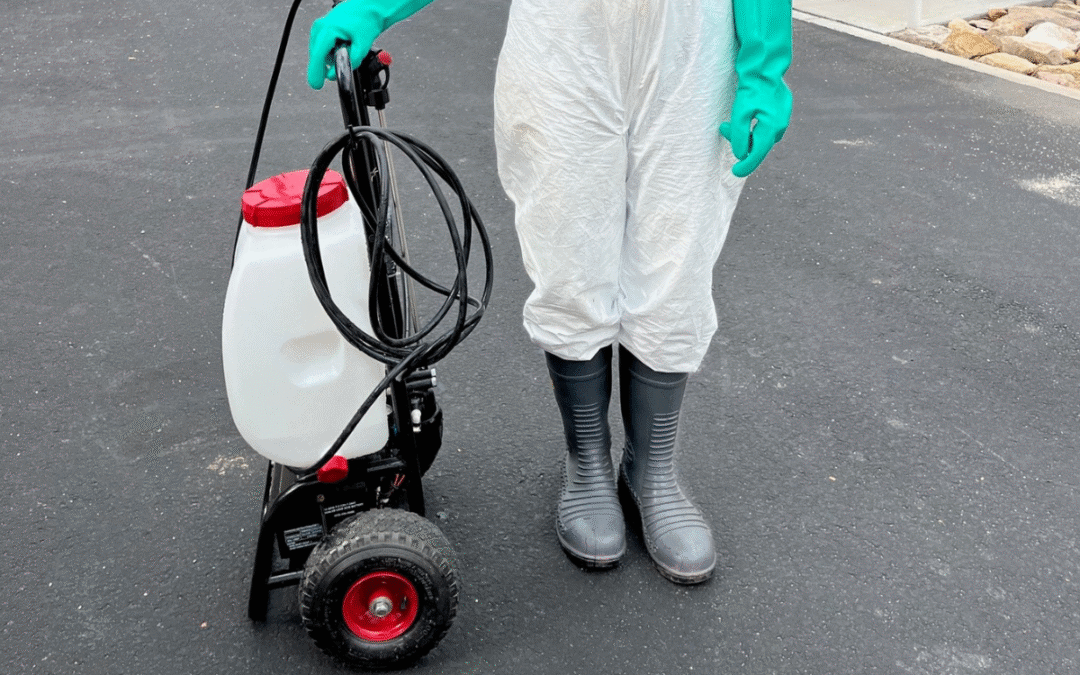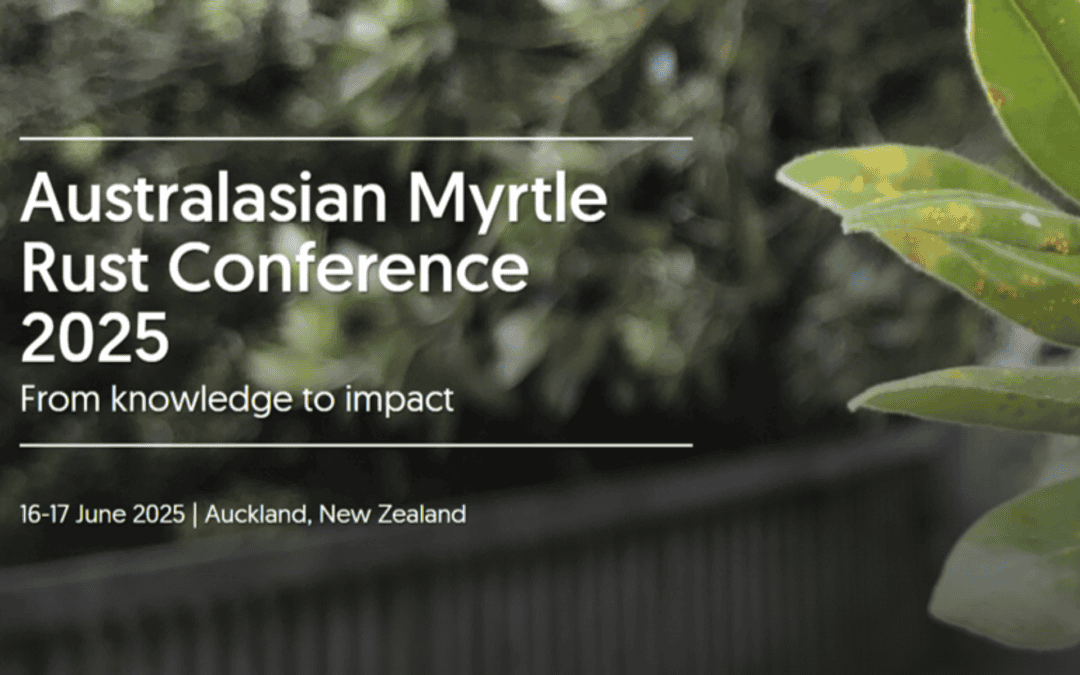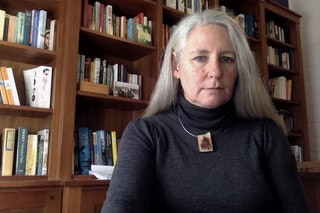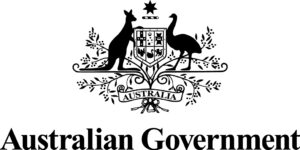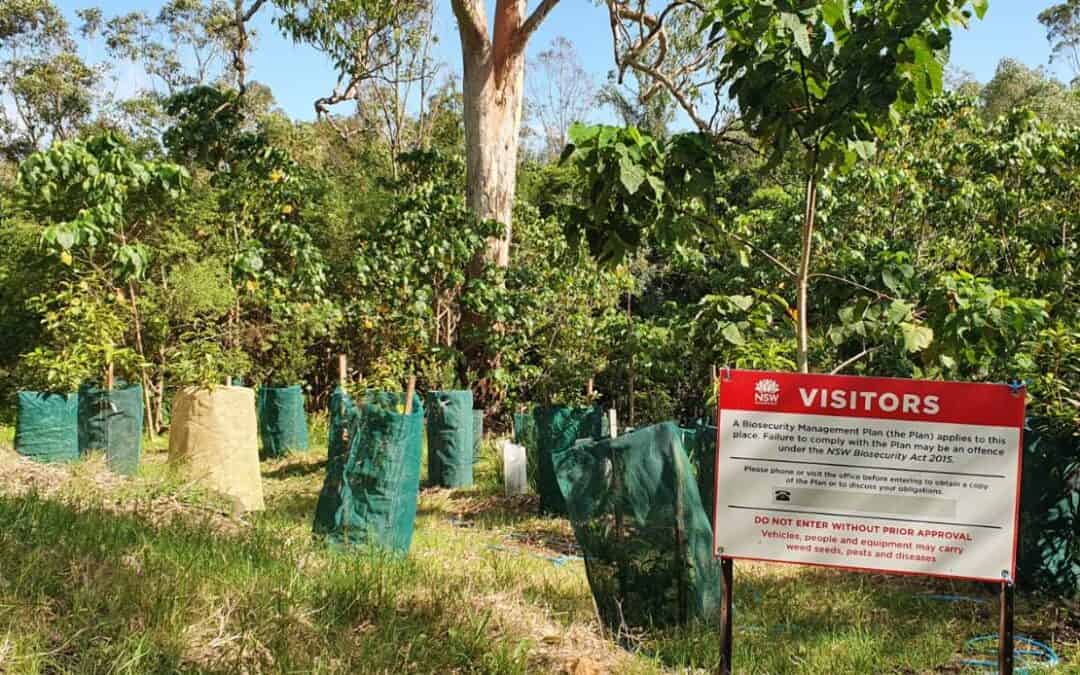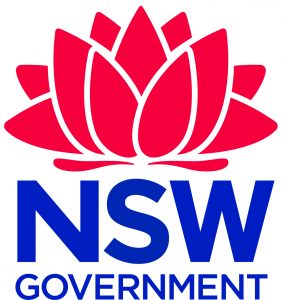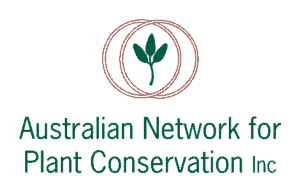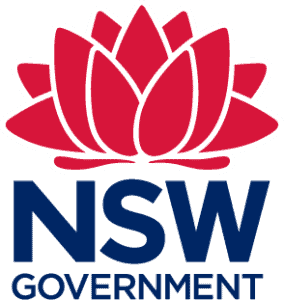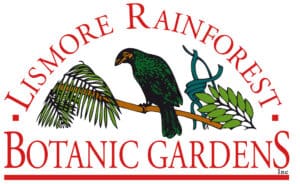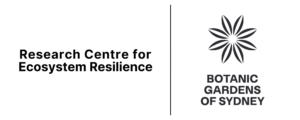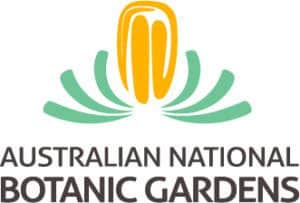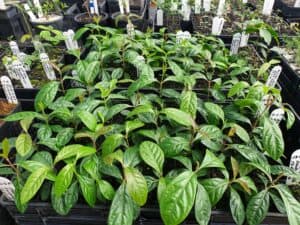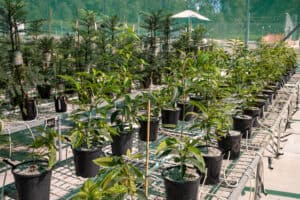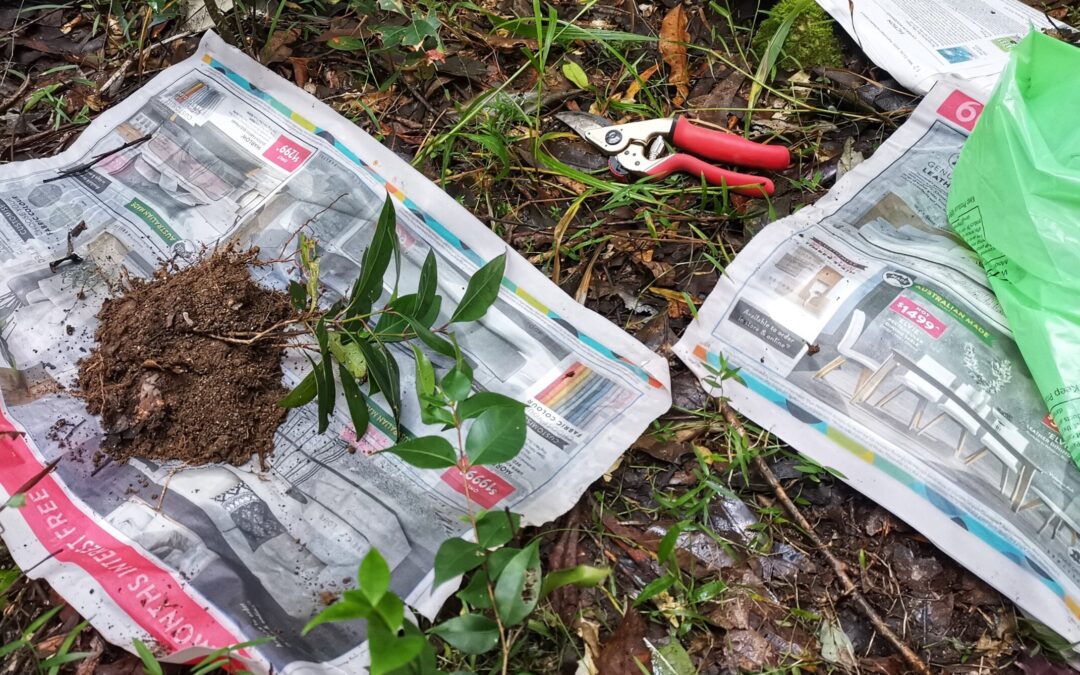
Mar 28, 2025 | Events Category
Many of Australasia’s best-known and most highly valued native trees – from Australia’s eucalypts to New Zealand’s pōhutukawa – are in the family Myrtaceae. Many species in this family urgently need protection from myrtle rust, a disease caused by the globally dispersed pathogen Austropuccinia psidii.
This event, held at an intimate venue at the University of Auckland, will feature guest speakers from Australia and New Zealand. In-person attendance will be limited primarily to presenters, but all talks will be livestreamed to an expansive virtual audience.
“From knowledge to impact” is the theme of this year’s conference. Work is still underway to finalise conference registration details, but meanwhile you can find out more on the website and join the mailing list here.
The organisers are currently seeking sponsorship for the conference. The priority is to facilitate the attendance of Māori, community and student delegates. If you are interested in becoming a sponsor, please contact Jenny Leonard (leonardj@landcareresearch.co.nz). Download the sponsorship package here.

Jan 10, 2025 | News
Pip Walsh joined ANPC late last year as the Myrtle Rust Recovery Action Coordinator. Pip has over 30 years’ experience in the not-for-profit sector working in senior roles at WWF, Greening Australia and Bush Heritage. Since 2016 Pip has specialised in working with project teams to develop, implement and improve conservation and community projects using the Open Standards for Conservation.
Pip will head our new project funded by the Australian Government under the Saving Native Species program, which will coordinate recovery actions over 18 months for four Critically Endangered plants at risk of near-term extinction or serious decline due to the exotic fungal disease Myrtle Rust: Native Guava (Rhodomyrtus psidioides); Angle-stemmed Myrtle (Gossia gonoclada); Scrub Turpentine (Rhodamnia rubescens) and Smooth Scrub Turpentine (Rhodamnia maideniana). Click here to learn more about the project.
In her spare time Pip is a keen bushwalker, still potters around a soccer field and gets her hands dirty with Narrowneck Bushcare group.
This project is supported by funding from the Australian Government.


Aug 30, 2024 | News
 The NSW Department of Climate Change, Energy, the Environment and Water funded an extension to the ‘Safe Custody for Native Guava‘ project for the 2023/24 financial year, with the following results:
The NSW Department of Climate Change, Energy, the Environment and Water funded an extension to the ‘Safe Custody for Native Guava‘ project for the 2023/24 financial year, with the following results:
- Continued monitoring of the already-dispersed Native Guava (Rhodomyrtus psidioides) collection, with all plants in excellent health and fruit production at 3 of 5 locations.
- A total of 91 plants from 34 unique genetic lineages of Native Guava have now been dispersed to partner gardens.
- A total of 16 plants from 8 genetic lineages of Scrub Turpentine (Rhodamia rubescens) were dispersed to 5 gardens including new partner Booderee Botanic Gardens.
- Continued integration of germplasm collection, dispersal and monitoring activities between QLD and NSW, including collection of genetic material from healthy R. psidioides appearing in response to drying climate.
- Continued and improved EpiCollect app training and monitoring of the ex situ collections at all partner locations enabling spatial aggregation of flowering, fruiting and health data.
- Collection of Native Guava and Scrub Turpentine fruit being sent to Botanic Gardens of Sydney for storage and viability testing.
- Genetic material collected from healthy Rhodamia maideniana and Rhodamia whiteana plants observed in the field and sent for additional genetic analysis.
- Ongoing monthly meetings of the Myrtle Rust Consortium where members networked and shared information, discussed issues and lessons, gave presentations and reported on germplasm collection, propagation, planting, research findings and maintenance of the ex situ collections. It also facilitated the submission of collaborative grant applications.
- Collaboration with UNSW and the BGANZ Collections and Records Management group (BCARM) on a quarterly series of informal virtual get togethers, the “Myrtle Rust Management for Practitioners – open series” which commenced in February 2024, focusing on practical aspects of managing and maintaining a conservation collection of Myrtle Rust susceptible species.
- Updating of the ANPC’s Myrtle Rust Hub.
- Updating of the Myrtle Rust ID and collection methods brochure.
- Development of an outreach partner garden flyer explaining the project, for the general public when visiting the ex situ collections and which can be used for guided walks.
- Flyer explaining ReCER resistance screening trial was developed and installed at ABG Mt Annan
- Preparation to publish a paper on the establishment of emergency conservation collections and subsequent dispersal of safe meta collections which is, to our knowledge, undocumented in publicly accessible literature.
The planting of the collections in-ground has been extremely successful with only 3 deaths reported from the 107 distributed plants, with these replaced. All deaths were accidental/human induced, one due to watering failure, one was broken during transit and a third damaged by grazing after fence damage.
EpiCollect monitoring over the course of the project determined that control of Myrtle Rust infection was very successful but frequent application of fungicide was required in the high infection zones. Monthly monitoring reported 77 instances of planted Native Guava plants flowering (the majority of which occurred in Summer 2023) and 128 instances of fruit production (the majority of which were in Summer and Autumn 2023). 22 of these fruits were mature. A total of 6 Scrub Turpentine fruit were recorded (2 in Summer and 4 in Autumn 2024) and 1 instance of flowering was recorded. The production and collection of mature fruit will be critical to the conservation of both these species.
ANPC Project Manager Chantelle Doyle coordinated this project.
Read this Botanic Gardens of Sydney blog piece written by Chantelle to find out more about how ‘genetics is helping to save plant species decimated by myrtle rust’ dated 28 July 2023.
Thank you to all our partner organisations for their generous support and commitment to this project:








Main image: Native Guava plants at Lismore Rainforest Botanic Gardens. Credit: Chantelle Doyle


Native Guava plants growing at the Australian Botanic Garden Mt Annan before dispersal. Credits: Veronica Viler (L) and Nathan Emery

Aug 26, 2024 | Events Category
The third session of the Myrtle Rust Management for Practitioners – Open Series on 29 August 2024 will be on “Monitoring and Collecting from Wild Populations of Myrtle Rust Susceptible Species“.
Craig Stehn from NSW DCCEEW will share his experience in surveying, monitoring and collecting from wild populations of Myrtle Rust impacted species.
This series is exclusively focused on practical aspects of managing and maintaining a conservation collection of Myrtle Rust susceptible species and has an open forum structure. The series is open to any practitioners across Australia and Aotearoa New Zealand managing collections impacted by Myrtle Rust including local council nurseries.
It’s free to register and a great platform for knowledge exchange in a relaxed environment.
Click here to register (free) for this session.
